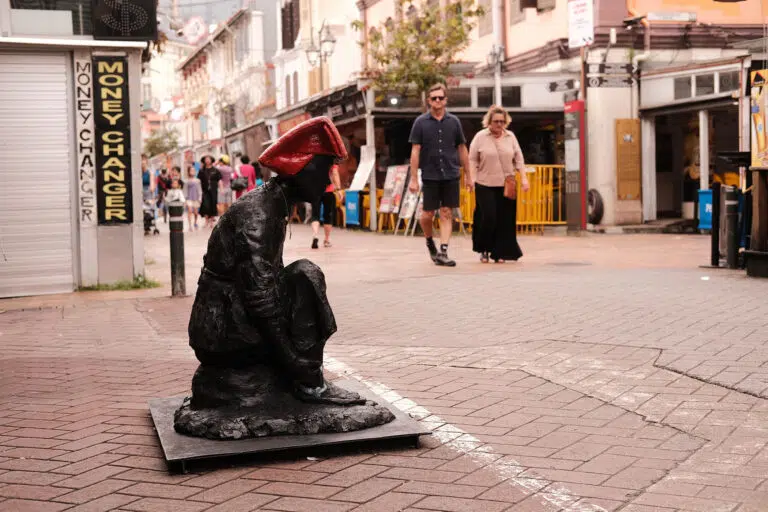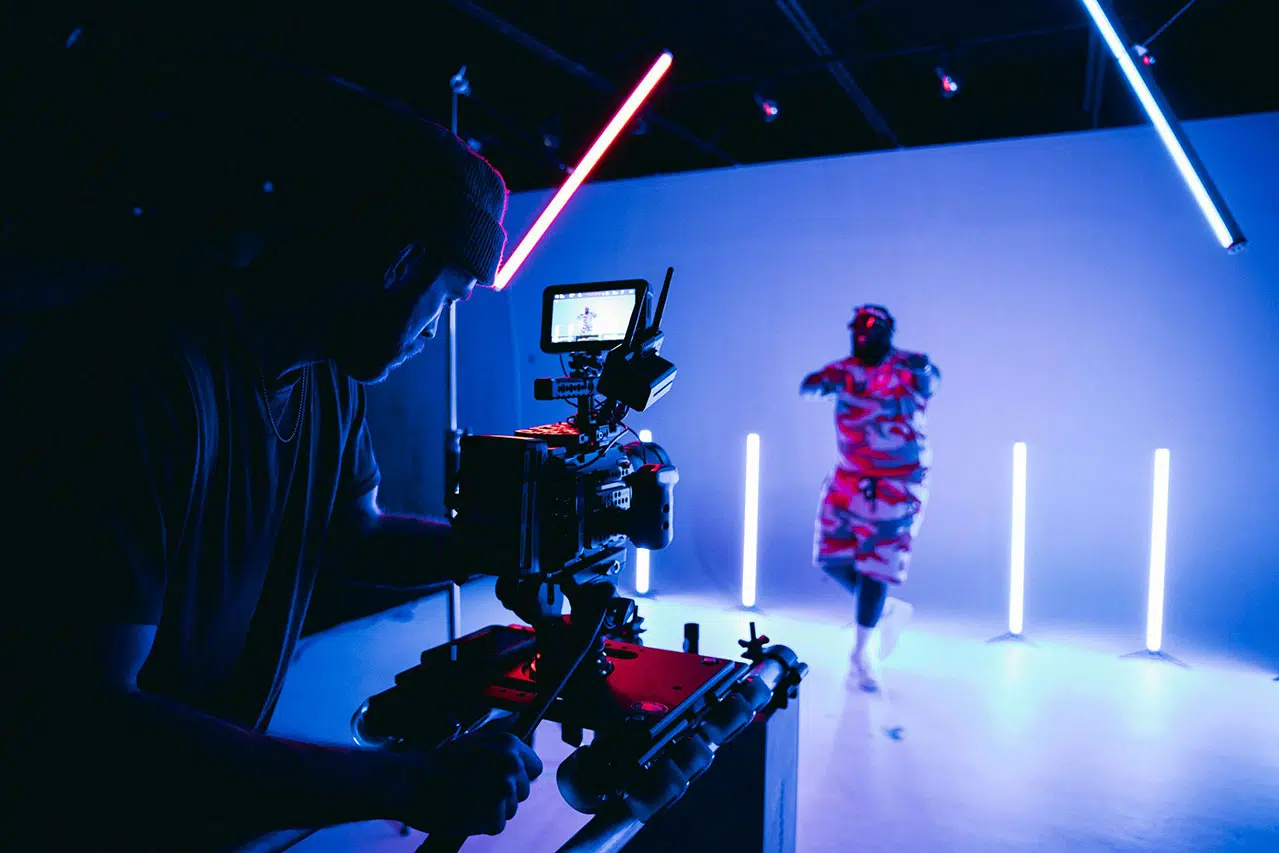Table of Contents
The streets come alive at night, painting a canvas of neon lights, deep shadows, and endless stories. For photographers, these moments hold the power to transport viewers into a scene, as though they’ve stepped into a movie still. That’s the magic of cinematic street photography—it doesn’t just capture reality; it creates a mood, a feeling, and a story.
I’ll never forget a late-night walk through the bustling alleys of Kuala Lumpur. The dim glow of a noodle stall, reflections on wet pavement, and silhouettes moving through the haze—each detail seemed straight out of a film. I wanted my photos to carry that same cinematic vibe, and that’s when I turned to Fujifilm’s film simulation recipes. With the right settings, I could transform ordinary scenes into something extraordinary, giving my work the visual drama and richness that define cinematic street photography.
Images are shot with the Samyang 12mm f2, Fujinon XF35mm f2 R WR and SIRUI Sniper 23mm f1.2.
Top Cinematic Film Recipes by Shutter Groove for Stunning Street Shots
Creating Shutter Groove’s film simulation recipes has become an obsession. It’s a process of experimentation—tweaking tones, shadows, and highlights to mimic the iconic look of film stocks or cinematic color grading. Recipes like Moody Metropolis 500T or Neon Obscura are built specifically for urban exploration, offering photographers tools to unlock the true potential of cinematic street photography.
Whether you’re capturing vibrant cityscapes bathed in neon or quiet, shadowed alleys, these recipes help you tell visual stories with depth and emotion. The goal is simple: take your street photography to the next level and make every frame feel like a carefully crafted scene from a movie.
In this guide, I’ll share my favorite film simulation recipes designed for cinematic street photography. With these tools, you’ll be able to capture not just images but the essence of the streets—dramatic, evocative, and unforgettable. Let’s get started!
Moody Metropolis 500T

Inspired by the dark, gritty vibes of movies like Joker, Moody Metropolis 500T is a custom Fujifilm film recipe that leans into cinematic tones. It’s built on one of the best film simulations, the Classic Negative, and went through countless tweaks to nail its unique look. Think shadowy streets, dramatic lighting, and that atmospheric, almost haunting aesthetic—perfect for cinematic street photography.
I spent late nights wandering Kuala Lumpur’s dimly lit alleys to test this recipe, capturing the essence of urban life after dark. This recipe is ideal for photographers who want to add a cinematic street photography vibe to their work with bold contrasts and rich, dramatic tones.
Ethereal Street

If you love street photography and want a recipe to give your shots a cinematic edge, Ethereal Street is worth a try. Built on Fujifilm’s Eterna simulation, it’s perfect for capturing the raw energy of city streets or the quiet beauty of everyday urban life.
This recipe is great for cinematic street photography enthusiasts who want to create film-like images with minimal editing. It adapts well to various lighting conditions, making it a versatile choice for capturing those fleeting moments that define the streets.
Vision Obscura

Inspired by Kodak Vision3 250D film, Vision Obscura uses Classic Chrome to create a cinematic, slightly cool-toned look. It’s not a replica of film stock, but it gets pretty close. With a custom white balance set at 6100K and a subtle blue-green tint, this recipe adds a filmic, cinematic vibe to your shots.
For fans of cinematic street photography, Vision Obscura is a game-changer. It works beautifully in low light or mixed lighting and is forgiving enough to experiment with different exposures, giving you endless creative possibilities.
Teal Obscure

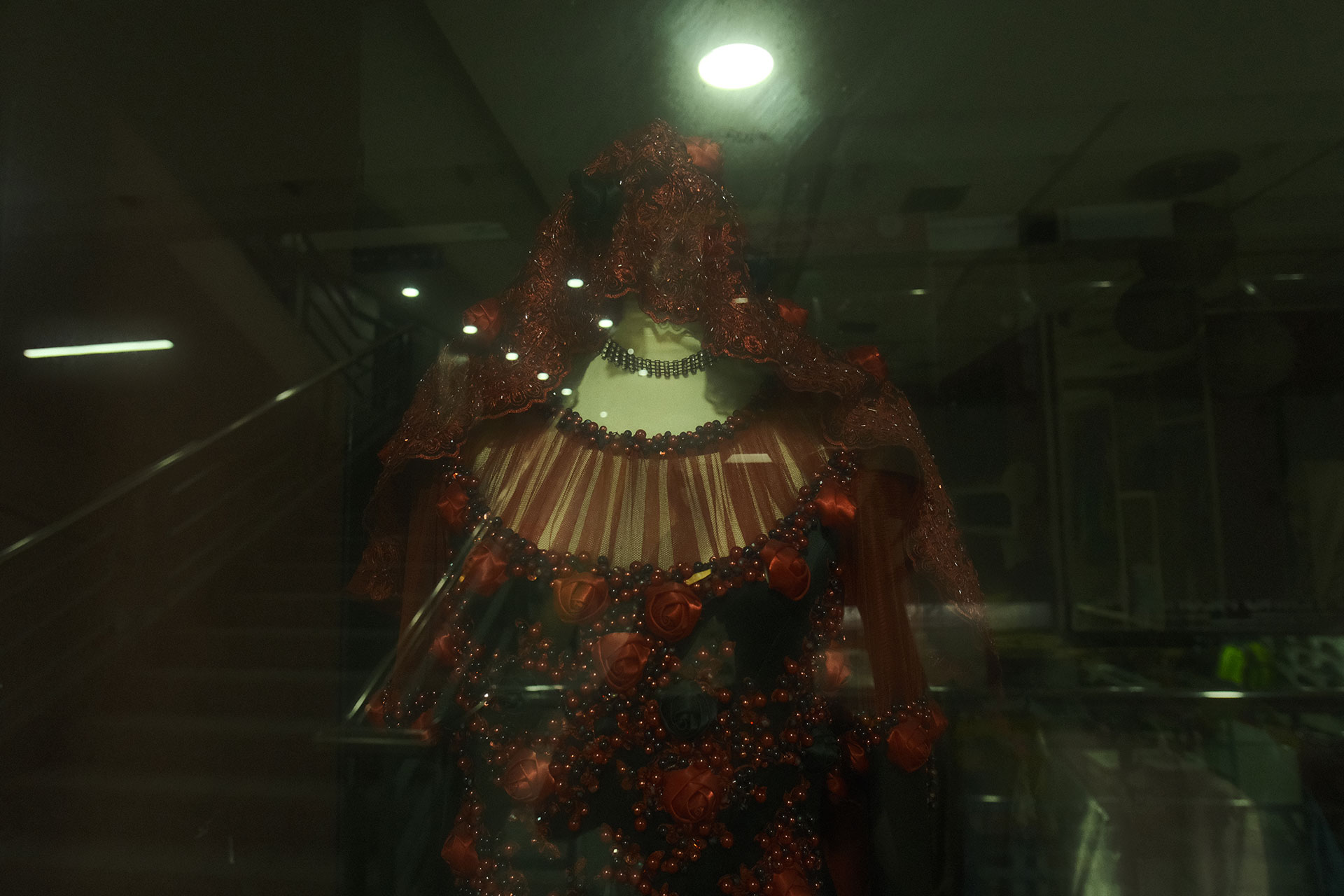
Inspired by Wong Kar-Wai’s Fallen Angels, Teal Obscure brings those dreamy, atmospheric vibes to your photos. It’s all about teal hues and that moody, cinematic feel. Whether you’re shooting neon-lit streets or soft urban landscapes, this recipe captures the magic of Wong’s iconic style.
Teal Obscure is easy to use, even if you’re starting with Fujifilm cameras. It’s a great recipe for experimenting and pushing your creative boundaries. If you’re into photos with personality and a hint of mystery, this one’s for you.
Neon Obscura
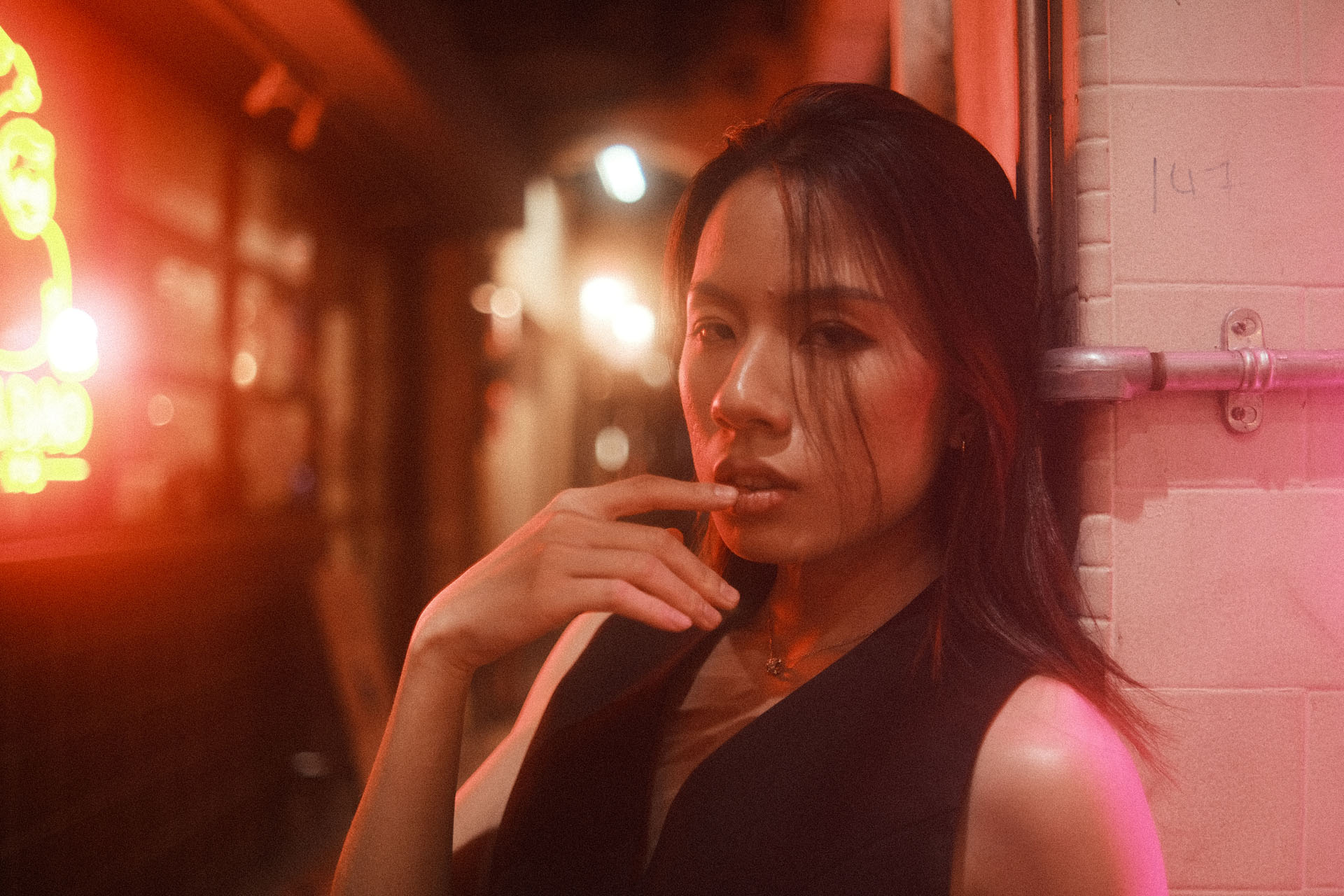
Neon Obscura is my go-to for night photography. It’s one of the most cinematic recipes I’ve created, bringing neon-lit streets and urban scenes to life. Think of the energy and color of Hong Kong nights—it’s all here in this recipe.
If cinematic street photography is your thing, Neon Obscura will quickly become a favorite. It captures the electric vibe of neon-filled nights, creating bold, moody images that stand out. Whether it’s portraits or cityscapes, this recipe nails the cinematic look every time.
Zero Hour 4K

Zero Hour 4K is perfect for photographers who love the Classic Chrome simulation but want a cinematic twist. Inspired by CineStill 800T, this recipe adds a cool, tungsten-lit vibe to your photos. It’s ideal for low-light scenes, urban landscapes, and moody portraits.
If you’ve tried recipes like Moody Metropolis 500T or Neon Obscura, you’ll find similar creative vibes here. Zero Hour 4K works great for night street photography or outdoor shoots in tricky lighting. It’s a simple yet powerful recipe to add to your collection.
Arkham Dark
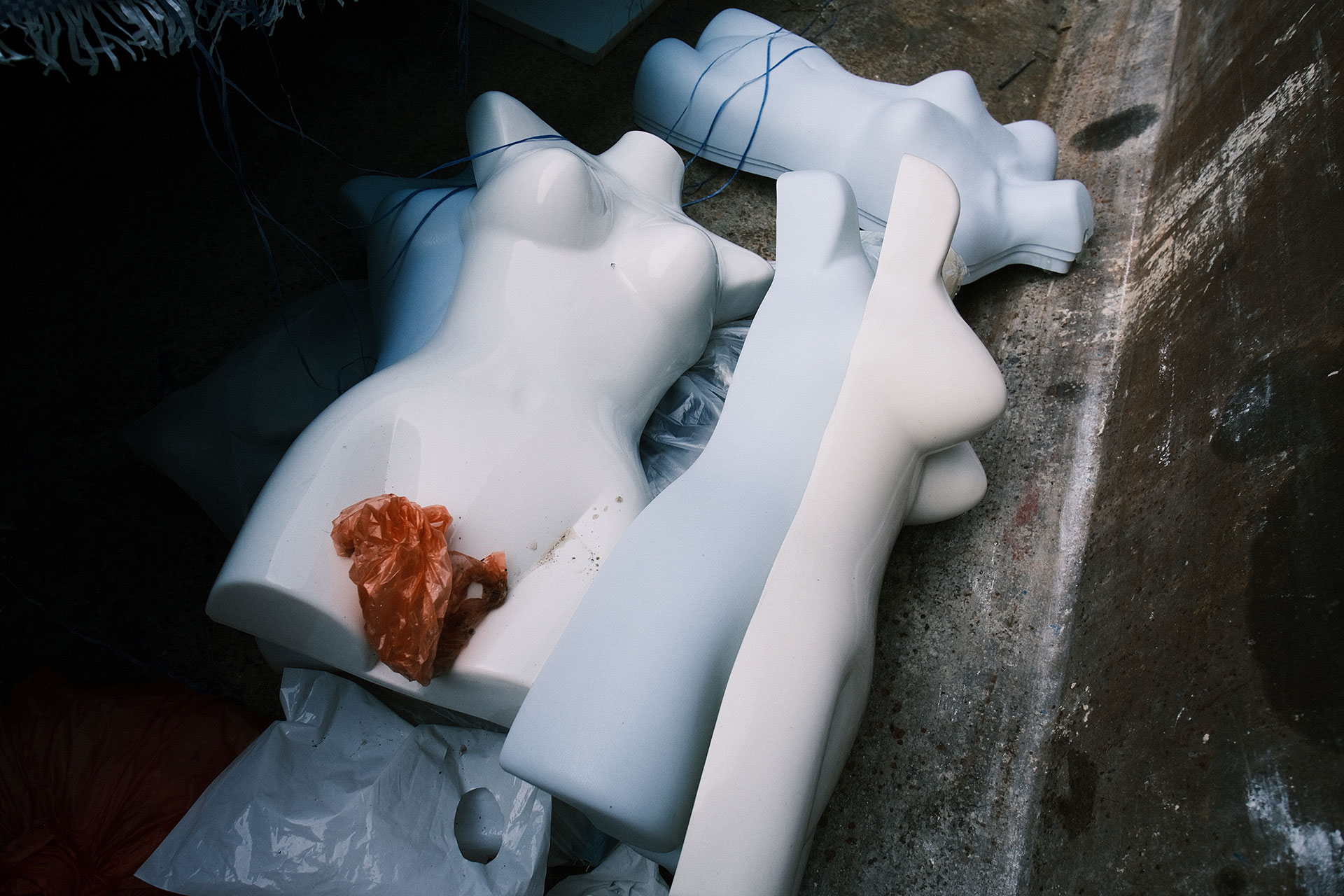

Arkham Dark pulls its inspiration straight from the world of Batman. With deep shadows, muted tones, and a gritty vibe, this recipe feels like stepping into Gotham City. It’s perfect for dark urban landscapes, night shots, and even noir-inspired portraits.
If you’re into creating photos with a touch of mystery and drama, Arkham Dark is a fun one to experiment with. Whether you’re exploring city streets or shooting characters with a cinematic edge, this recipe brings a little Gotham to your Fujifilm camera.
Final Thoughts About Cinematic Film Simulation Recipes
The magic of cinematic film simulation recipes isn’t just in the colors or tones—they’re tools for storytelling. It’s creating a visual language that tells the stories of the streets in a way words never could. Each recipe becomes a translator, turning fleeting moments into cinematic frames full of emotion, drama, and atmosphere.
When I wander the city with my camera, I don’t just see buildings, lights, or shadows. I see scenes waiting to be told—a neon glow spilling over a wet sidewalk, a lone figure lost in thought, or the interplay of light and movement in a busy market. Cinematic street photography is about finding these moments and capturing them in a way that feels larger than life. Recipes like Moody Metropolis 500T or Neon Obscura help me bring that vision to life, framing the chaos of the streets with a touch of cinematic magic.
If you’ve ever found yourself captivated by the glow of city lights after dark, then it’s time to learn how to shoot night photography. The beauty of night photography lies in its ability to capture the magic of light and shadow, turning ordinary scenes into stunning, dramatic images. It’s about experimenting with exposure times, finding the perfect balance between light and dark, and using your surroundings to create a mood. Whether you’re shooting neon signs, streetlights, or cityscapes, the key is understanding how to work with low light and make the most of it. Once you learn how to shoot night photography, you’ll unlock a whole new world of creative possibilities right outside your door.
What makes this process so rewarding is its unpredictability. You never know what you’ll find, but with the right recipe, you’re ready to turn whatever the streets give you into something unforgettable. That’s the beauty of cinematic street photography—it thrives on spontaneity, and every image carries a piece of your unique perspective.
These recipes are just starting points, though. They’re blueprints, not rules. Take them, tweak them, and make them your own. Push the colors, shift the shadows, and create something that feels personal. The streets are your canvas, and your creativity is the brush.
For those wanting to expand their recipe collection, don’t forget to explore 5 Fuji Film Recipes for Street Photography. If you are looking for some sunny side-up, our golden hour recipes are what you are looking for. They’re a great complement to this guide, offering more options for photographers eager to experiment with their Fujifilm cameras.
So, pick up your camera, load up a recipe, and head out into the city. The streets are alive, full of stories waiting to unfold. All you have to do is be ready to capture them in a way that transforms the ordinary into the extraordinary.


